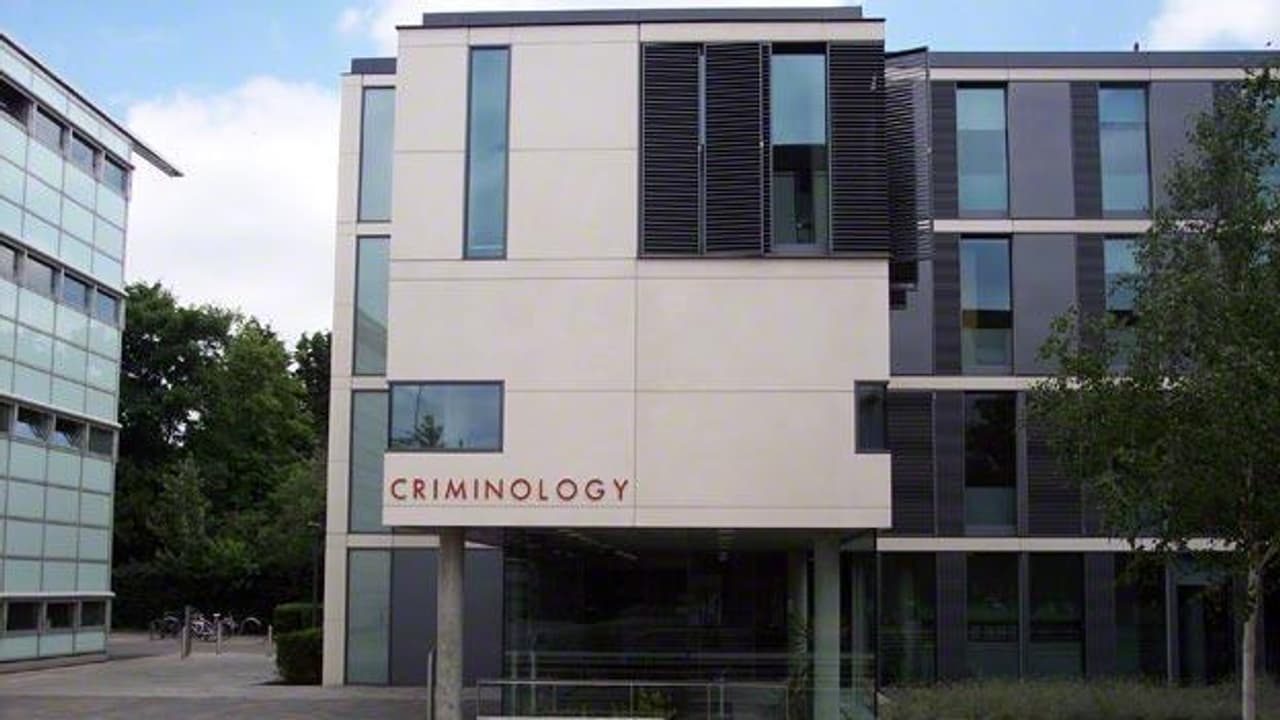
Joint enterprise disproportionately affects black men, according to Institute of Criminology
Joint enterprise, a legal doctrine used to prosecute several people for the same crime, disproportionately affects young black and mixed race men, according to a study by the Institute of Criminology at the University of Cambridge.
The Institute’s findings will be presented to MPs on the Justice Select Committee tomorrow when the Committee re-opens an investigation into joint enterprise. The Bureau will also present its findings from an eight month investigation into the use of the controversial legal doctrine, which were published earlier this year.
Related story: Read the report – Joint enterprise an investigation
The legal doctrine joint enterprise allows for everyone in a group to be liable for a crime committed by one of its members, if it can be proved they were working together in some way. Often used in murder cases, the doctrine does not require proof that you intended someone to die or that you directly took part in their death. You only have to foresee – or realise – that one of your group might intentionally cause someone else serious bodily harm, and you can be found guilty of murder.
Many lawyers believe young black men are disproportionately affected by the doctrine, which allows the prosecution to build a case around perceived gang membership. Until now, there has been no figures available to test this view as no data on the ethnicity of those charged and convicted under the doctrine is officially recorded. But the Institute’s study has found there were three times as many young black/black British men serving life sentences as a result of a joint enterprise conviction than there are in the general prison population.
Justice Select Committee
The Justice Select Committee held an investigation into joint enterprise in 2011, amid concerns that the use of the law was dragging people on the fringes of a crime into serious prosecutions. In May this year, the Committee announced it would hold a follow-up inquiry, just weeks after the Bureau published a ground-breaking report on the extent to which joint enterprise is being used. We revealed data showing that thousands of people are being prosecuted for homicide using joint enterprise, a legal doctrine which senior legal figures told us is ‘unclear’ and ‘capable of producing injustice’.
The Bureau’s evidence to the Committee will be based on our findings published in our report. This revealed how often joint enterprise has been used in homicide prosecutions over the past eight years.
The Institute’s study examined the experiences of male prisoners serving life sentences of 15 years or more and who were under the age of 25 when sentenced. Of the 294 prisoners who took part, more than half were convicted under joint enterprise.
The Institute’s research reveals there are similar levels of white and black men convicted under joint enterprise, with 38.5% of its sample having a white background and 37.2% Black/Black British. But compared to the general prison population, the number of Black/Black British convicted under joint enterprise is considerably higher. Black/Black British make up only 12.8% of all prisoners.
The study also found more than three times more mixed race prisoners were convicted under joint enterprise (15.5%) than are in the general prison population (3.9%).
In a written submission to the Inquiry, researchers from the Institute of Criminology ask the Committee “to consider whether the current use of the doctrine of joint enterprise is in the best interests of the law, justice, and due process, particularly in relation to the experiences of young Black/Black British men, a disproportionate and growing number of whom are serving sentences which a generation ago were extremely rare.”
Long sentences
The Institute’s study also found higher proportions of those convicted under joint enterprise and serving life sentences:
- are serving longer tariffs than non-joint enterprise convictions. Of those convicted under joint enterprise 27.6% have a tariff length of 25 years or more, compared to 20.2% of those not convicted under joint enterprise.
- consider themselves not guilty of the offence for which they were convicted. Almost three-quarters of those convicted under the doctrine of joint enterprise do not consider themselves to be guilty of the offence for which they are convicted, compared to just over 43% of respondents who are not convicted under joint enterprise.
- are currently appealing against their conviction, sentence length or both. Almost half of those convicted under joint enterprise are currently involved in some kind of appeal.
The researchers believe the joint enterprise doctrine is having a “significant impact on the number of men (particularly young men) who will spend many years in prison harbouring feelings of injustice about their convictions and sentence lengths.”
The Bureau’s findings
Official bodies do not record when joint enterprise is used in a prosecution. After an eight-month investigation, the Bureau found:
- Between 2005 and 2013, 1,853 people were prosecuted by the CPS for homicides that involved four or more defendants. This is the closest approximation that can be made to the use of joint enterprise. Most academics agree these prosecutions almost certainly relied on the joint enterprise doctrine.
- In the same eight years 4,590 people were prosecuted for homicides involving two or more defendants – a definition the CPS suggests is a clear indication of the use of joint enterprise.
- The rate of use has remained relatively constant, though there was a small rise in the rate of homicide prosecutions involving four or more defendants in 2008 (20.4%). The lowest rate was 14% of all prosecutions of homicide, in 2010.
Melanie McFadyean, a freelance journalist who has covered joint enterprise for a number of years and co-authored the Bureau’s report published earlier this year, is also appearing before the Committee’s opening evidence session on Wednesday.
The Committee will also hear from victims’ representatives, with Adam Pemberton, assistant chief executive of Victim Support attending the hearing, as well as Saj Tufail, whose son, Umar, was murdered in July 2012 in south London. His killers were prosecuted using joint enterprise.
Dr Matthew Dyson from the Faculty of Law at Cambridge University, will give evidence, as will Gloria Morrison and Janet Cunliffe from the campaign group JENGbA.
Since the Bureau’s report was published in April this year, new figures show dozens of people continue to be charged with homicide offences using joint enterprise. The latest figures available, released after a Freedom of Information Act request to the Crown Prosecution Service, give details of multi-defendant homicide prosecutions for January to March 2014. The figures show: The rate of usage does seem to be falling: These figures, however, are only for a three month period from January – March 2014 and only limited conclusions can be drawn from them. Source: CPS after FOI request Reporting: Rachel Stevenson and Maeve McClenaghan
JE prosecutions: Latest figures
Read all our work on Joint Enterprise here.




